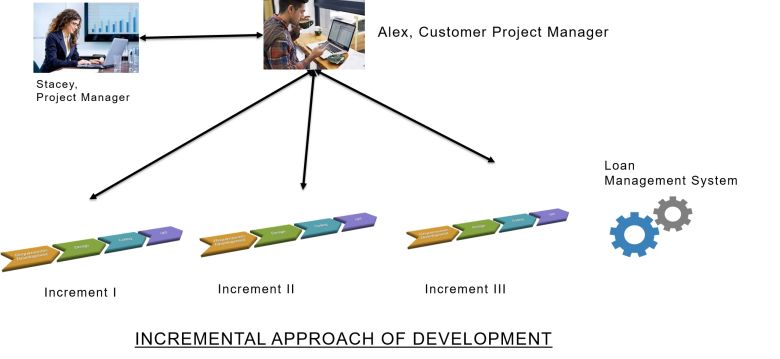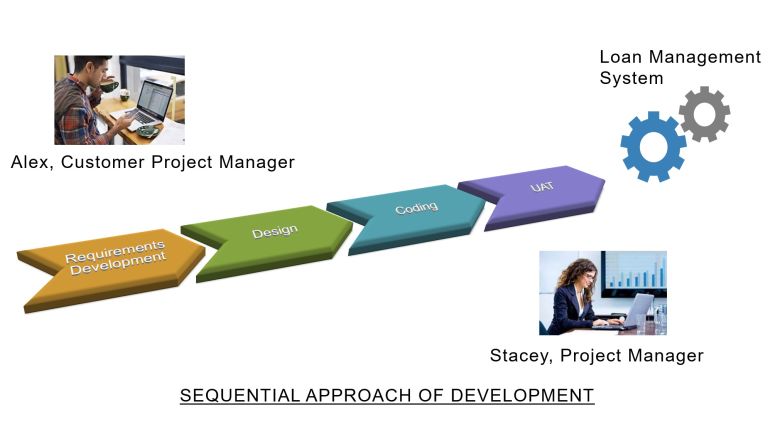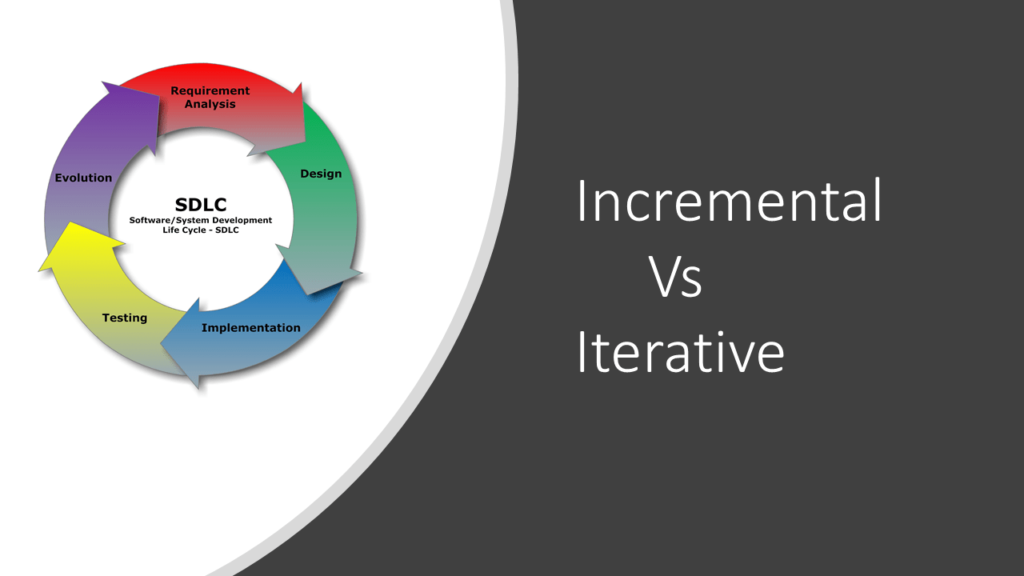In this post, we will discuss Incremental Vs Iterative Methodologies. These are used interchangeably in some cases but they are not the same.
Software development methodologies have evolved over the years. We started with sequential methodology (Waterfall) and adopted Incremental and Iterative Development methodologies as they evolved.
We use Incremental and Iterative methodologies interchangeably though they are different in their approaches. In this post, we would discuss the differences between Incremental and Iterative Methodologies.
These are approaches rather than specific methodologies. We can group SDLC methodologies under these approaches, just like we have Waterfall as a sequential methodology
Incremental Methodology
Incremental methodology refers to building the product in increments, one piece at a time. These increments are typically complementary to each other. Once we complete all the increments, the product is complete.
It’s like constructing a house from scratch. We first get the Foundation level constructed. Then the ground floor, First floor, Second Floor, and so on. This is a good example of an incremental approach.
The diagram below demonstrates the approach:

As you can see in the diagram, each of the increments essentially follows all the phases of software development. Each increment provides inputs to the next increment.
Useful Link – IIBA Agile Analysis Certification Training
Characteristics of Incremental Methodologies
Incremental methodologies have evolved from sequential methodologies. This approach to software development has proved to be more effective as compared to the Sequential approach.

The key characteristics of this approach provide the reasons:
Risk Mitigation for Customers
The software is built in increments, thereby reducing the overall risk. In a sequential approach, the customers get to test the software only at the end of all the phases. In the case of big projects, the wait could be 9-12 months or even more.
Having a product/software built in 9-12 months and finding it to be not as per expectations is a massive risk for the customers. Using the incremental approach, we minimize the risk as each increment can be delivered in 2-3 months.
Improved Customer Collaboration
Short increment cycles improve customer collaboration with the development. This is an important improvement over the sequential approach. It’s good for the development team as well as it allows them to understand customer expectations on a rather regular basis.
Using Incremental Approach
An incremental approach will always be beneficial compared to a sequential approach, especially when the project size is not small.
Examples of Iterative software development methodologies are:
- Multiple Waterfall methodology
Iterative Approach
The iterative development approach has a major difference from the incremental approach. Each increment in the incremental approach is developed assuming it is done correctly, without needing to reverse it.
In our example of a house, each level is constructed one after the other. Once the foundation level is completed, reversing it (if issues are found) requires significant effort and is often not feasible, as it would increase both the cost and the timeline, highlighting a key consideration in iterative development.
In a frequently changing requirements scenario, even an incremental approach is not a suitable approach. We need an approach, which needs to achieve the following:
- Ability to incorporate changes at any stage
- Involving customers more frequently
An iterative development approach does precisely that. The software is developed in extremely short iterations, involving customer collaboration at the end of each iteration.
Even during the iteration, the developers follow an approach, which allows them to get their work validated every day.
For example, If I am a developer developing several screens in an iteration as:
- User Master
- User Roles
- Role assignment etc
Typically, my approach in iterative development would be to develop one screen, like the User Master, and immediately show it to the customer or Product Owner. If it’s not right, I can discard it and re-develop it the next day.
Even if I have to re-do it, the team loses one person’s day of work.
This is the key Characteristic of doing, undoing, and redoing (DUR) without incurring too much cost or risks.
Another important characteristic of iterative development is the frequent customer collaboration at the end of every iteration. Since the iteration is small, customer collaboration provides early feedback on the product, thereby mitigating the risk of a gap between customer expectations and the software team’s understanding.
Using Iterative Approach
An iterative development approach is often more beneficial compared to the incremental approach, especially when project requirements are expected to change frequently.
Examples of Iterative software development methodologies are:
- Spiral Methodology
- SCRUM
- DSDM
- Extreme Programming
- Pair Programming etc
It’s important to note the top 4 misconceptions about Agile.
Useful Link – IIBA Agile Analysis Certification Training
How Can You Benefit from an Incremental-Iterative Approach?
Incremental-Iterative approaches are a great way for effective product development and release processes. The iterative development approach allows for early feedback from users on iterative releases, helping to avoid risks of changes later in development. Meanwhile, incremental development is effective for building the project step-by-step and releasing independent increments to users.
The right approach for your organization is the one that suits the culture of your organization, size of the organization, growth of the organization, number of employees, etc.
Conclusion
So, this was an overview of incremental development vs. iterative development methodologies in an organization. Both methodologies are useful, and selecting the right one can help you achieve your business goals and objectives. If you liked this guide, let us know in the comments section!
Frequently Asked Questions
What are Iterative and Incremental Development?
Iterative development refers to when the team builds the product in iterations and there are constant releases of iterations for feedback by users. While incremental development is an approach that breaks down the product into fully working slices known as increments.
Iterative and Incremental Development in Agile?
Agile uses both iterative development and incremental development approaches, as there is a need for frequent deliveries of the project while also requiring constant feedback to adapt to any changes.
Why is iterative and incremental development important?
Both iterative development and incremental development approaches are important for boosting projected efficacy and achieving deliverables within deadlines.
Does scrum use an iterative or incremental approach to optimize predictability and control risk?
Scrum employs both iterative development and incremental development approaches to optimize predictability and control risk.
Is the waterfall incremental or iterative?
A waterfall cannot be considered iterative development or incremental, as it involves the development of the whole system at once, rather than delivering in iterations or increments.
What is the iterative and incremental life cycle?
Iterative development and incremental life cycles include the activities that are to be undertaken by the project team. These life cycles have a predefined deadline and a budget that the project team adheres to.
Does Agile Need to Be Both Iterative and Incremental?
Agile needs to be both iterative and incremental as in iterative, the project iterations are released for frequent feedback and incorporating the same. While, in incremental, the project work is delivered in increments as and when it is completed.




